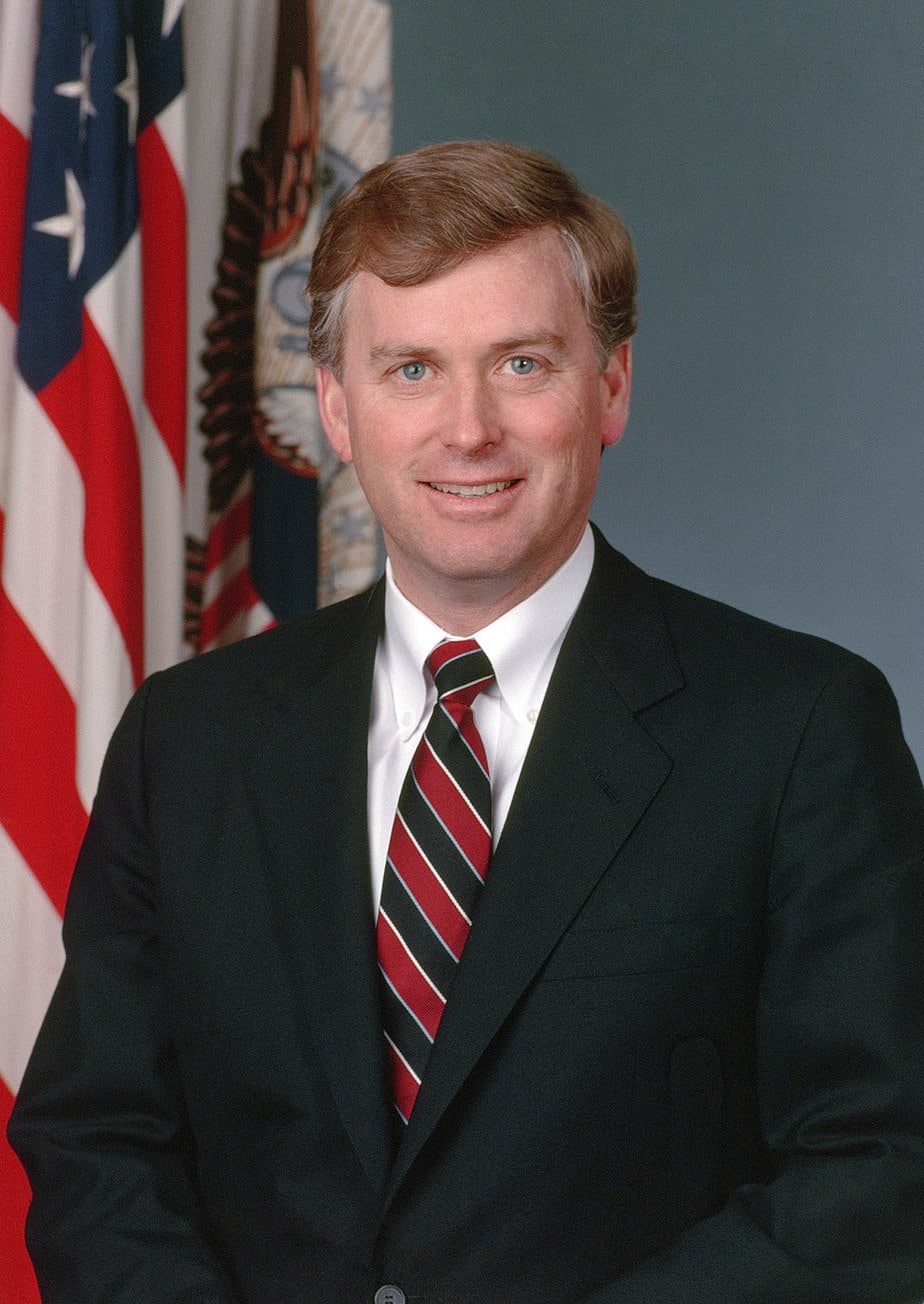Who Is The Youngest American Vice President?
The question of who is the youngest American Vice President has intrigued history buffs and political enthusiasts alike. This prestigious title is held by none other than John C. Calhoun, a prominent figure in American politics during the early 19th century. Calhoun’s ascension to the vice presidency at the age of 48 marked a significant milestone in U.S. political history, setting a benchmark for future leaders.
Understanding the journey and legacy of the youngest American Vice President provides valuable insights into the evolution of leadership in the United States. By examining Calhoun’s background, political contributions, and the challenges he faced, we gain a deeper appreciation for the complexities of leadership during a transformative period in American history.
This article delves into the life and career of John C. Calhoun, exploring the factors that contributed to his rise as the youngest Vice President and the enduring impact of his tenure. Join us as we uncover the fascinating story behind this remarkable figure in American politics.
Read also:How Many Teams Are In The Nfl Your Ultimate Guide To American Footballs League Landscape
Table of Contents
- Biography of John C. Calhoun
- Early Life and Education
- Political Career
- Key Contributions as Vice President
- Challenges Faced During His Tenure
- Legacy of the Youngest Vice President
- Comparisons with Modern Vice Presidents
- Historical Impact of His Presidency
- Fun Facts About John C. Calhoun
- Conclusion
Biography of John C. Calhoun
Early Life and Education
John Caldwell Calhoun was born on March 18, 1782, in Abbeville District, South Carolina. He was the fourth child of Patrick Calhoun, a farmer and politician, and Martha Caldwell. Growing up in a family deeply involved in politics, young John was exposed to the intricacies of governance from an early age.
Calhoun pursued his education with great diligence, attending the Willington Academy and later Yale College, where he graduated in 1804 with honors. His academic achievements laid the foundation for his future career in law and politics. After studying law at the Litchfield Law School in Connecticut, Calhoun returned to South Carolina and began practicing law in 1807.
Table: Key Facts About John C. Calhoun
| Full Name | John Caldwell Calhoun |
|---|---|
| Date of Birth | March 18, 1782 |
| Place of Birth | Abbeville District, South Carolina |
| Profession | Politician, Lawyer |
| Political Party | Democratic-Republican, Democratic |
| Age at Vice Presidency | 48 years old |
Political Career
Rise to Power
John C. Calhoun's political career began in earnest when he was elected to the South Carolina House of Representatives in 1808. His passion for public service and reform quickly earned him a reputation as a formidable politician. In 1811, Calhoun was elected to the U.S. House of Representatives, where he championed several key legislative initiatives, including the establishment of the Second Bank of the United States.
Calhoun's rise continued when he was appointed Secretary of War under President James Monroe in 1817. His tenure in this role showcased his administrative skills and commitment to strengthening the military infrastructure of the nation. His efforts were instrumental in preparing the United States for future conflicts.
Key Contributions as Vice President
John C. Calhoun served as Vice President under two presidents: John Quincy Adams from 1825 to 1829 and Andrew Jackson from 1829 to 1832. During his time in office, Calhoun played a pivotal role in shaping the political landscape of the nation. One of his most significant contributions was his advocacy for states' rights, a principle that would define much of his political philosophy.
Read also:Unlock The Potential Everything You Need To Know About Once Human Activation Codes
Calhoun's support for the "South Carolina Exposition and Protest," which opposed the Tariff of Abominations, highlighted his commitment to protecting the interests of his home state. His arguments in favor of nullification, the idea that states could invalidate federal laws they deemed unconstitutional, sparked intense debates and laid the groundwork for future discussions on federalism.
Challenges Faced During His Tenure
Political Conflicts
Calhoun's tenure as Vice President was not without its challenges. His relationship with President Andrew Jackson deteriorated over time, primarily due to differences in political ideology and personal animosity. The Petticoat Affair, a social scandal involving Peggy Eaton, further strained their alliance and ultimately led to Calhoun's resignation from the vice presidency in 1832.
Despite these challenges, Calhoun remained a vocal advocate for his beliefs, even after leaving office. He continued to serve in the U.S. Senate, where he championed the causes of states' rights and slavery, often clashing with Northern abolitionists and proponents of federal authority.
Legacy of the Youngest Vice President
The legacy of John C. Calhoun as the youngest American Vice President is multifaceted. While his contributions to the development of political thought and governance are undeniable, his staunch defense of slavery and states' rights has been the subject of considerable controversy. Calhoun's ideas influenced the Southern secessionist movement and played a role in the lead-up to the Civil War.
Today, Calhoun's legacy is remembered through statues, memorials, and institutions named in his honor. However, the ongoing debate over his role in perpetuating systemic racism and inequality continues to shape how his contributions are viewed in contemporary society.
Comparisons with Modern Vice Presidents
Comparing John C. Calhoun with modern Vice Presidents highlights the evolution of the role over time. Unlike today's Vice Presidents, who often serve as key advisors and policy makers, Calhoun's influence was largely confined to legislative matters. Modern Vice Presidents, such as Joe Biden and Kamala Harris, have taken on more active roles in shaping national policy and representing the administration on the global stage.
Despite these differences, Calhoun's legacy as the youngest Vice President remains significant. His early ascension to the office underscores the importance of experience and leadership qualities in selecting candidates for this critical position.
Historical Impact of His Presidency
John C. Calhoun's presidency had a lasting impact on American political history. His advocacy for states' rights and nullification set the stage for future debates over federal authority and the balance of power between the states and the federal government. These discussions continue to resonate in contemporary political discourse, particularly in discussions around federal mandates and state autonomy.
Moreover, Calhoun's influence on Southern politics and his defense of slavery have left an indelible mark on American history. His writings and speeches continue to be studied by historians and scholars seeking to understand the complexities of the antebellum period.
Fun Facts About John C. Calhoun
Here are some interesting facts about John C. Calhoun:
- Calhoun was the first Vice President to resign from office.
- He was the only person in U.S. history to serve as Vice President under two different presidents.
- Calhoun was a prolific writer, penning numerous essays and speeches on political philosophy and governance.
- He was known for his sharp wit and oratory skills, earning him the nickname "The Cast-Iron Man."
- Calhoun's statue stands in Charleston, South Carolina, a testament to his enduring legacy in the region.
Conclusion
In conclusion, John C. Calhoun's tenure as the youngest American Vice President marked a significant chapter in U.S. political history. His contributions to the development of political thought, coupled with the controversies surrounding his defense of slavery, have cemented his place as a complex and influential figure. By examining his life and career, we gain a deeper understanding of the challenges and triumphs faced by early American leaders.
We invite you to share your thoughts and insights on this fascinating topic in the comments section below. Additionally, explore other articles on our website to learn more about the rich history and vibrant culture of the United States. Together, let's continue to explore and celebrate the stories that shape our world.
For further reading, refer to the following sources:
- Calhoun, John C. "A Disquisition on Government." 1851.
- Remini, Robert V. "John Quincy Adams." 2002.
- Wilson, Woodrow. "Division and Reunion, 1829–1889." 1893.


